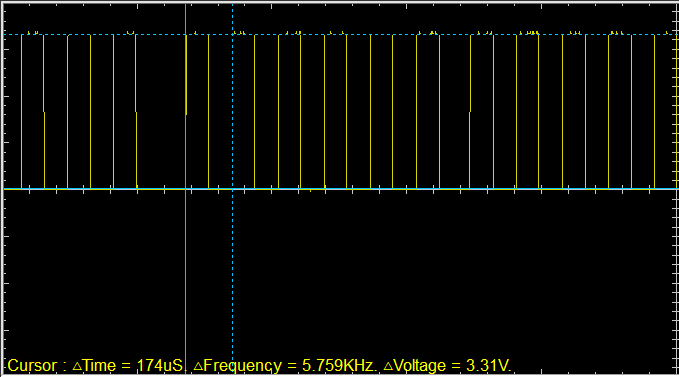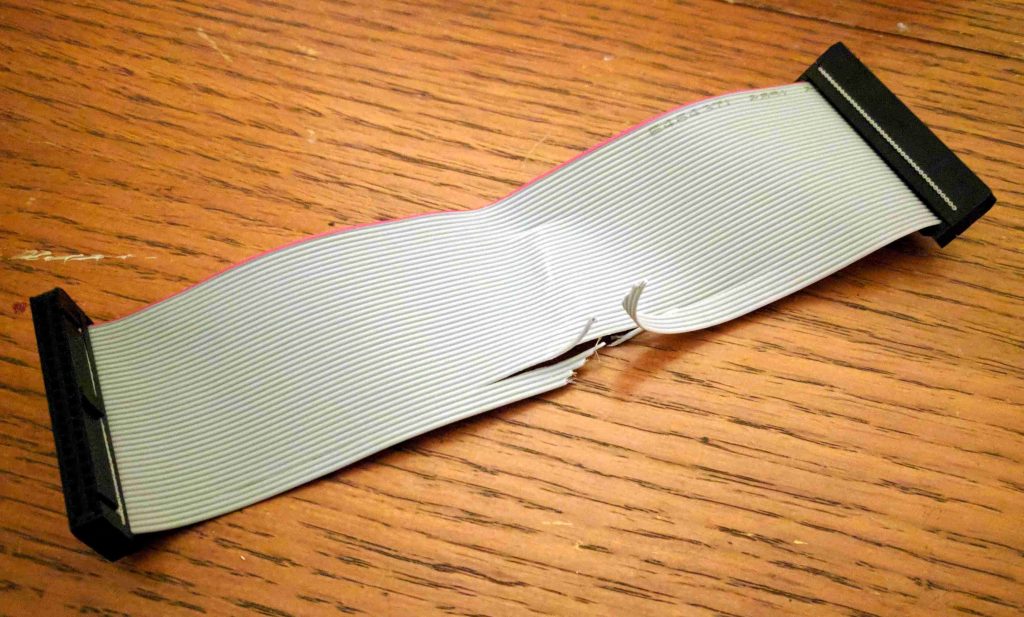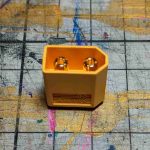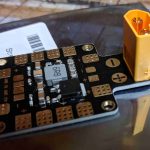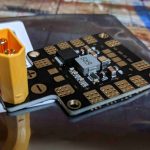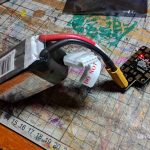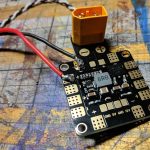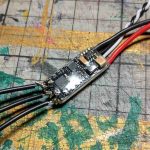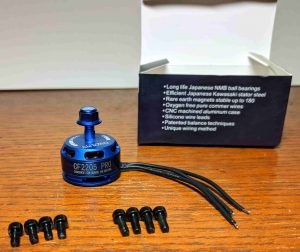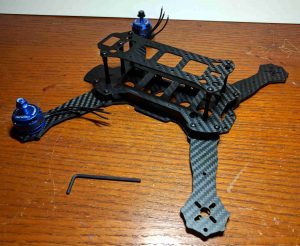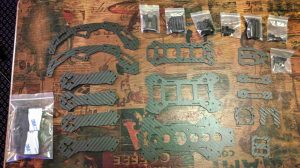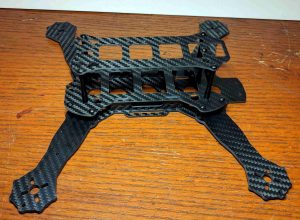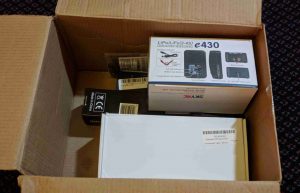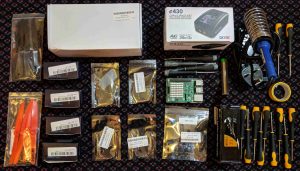On top of what I already had on a relatively newly install 22.04 machine, I needed the following to build Erlang/OTP 26.3.4 with kerl completely without any warnings:
sudo apt install automake autoconf libncurses5-dev openjdk-21-jdk xsltproc fop unixodbc-dev libwxgtk3.0-gtk3-dev libwxgtk-webview3.0-gtk3-devI already had build-essential and possibly other things. For tab completion I did:
mkdir -p ~/.local/share/bash-completion/completions/
curl https://raw.githubusercontent.com/kerl/kerl/master/bash_completion/kerl > ~/.local/share/bash-completion/completions/kerlUPDATE: for 24.04 I used:
sudo apt install automake autoconf libncurses-dev openjdk-21-jdk xsltproc fop unixodbc-dev libwxgtk3.2-dev libwxgtk-webview3.2-dev
